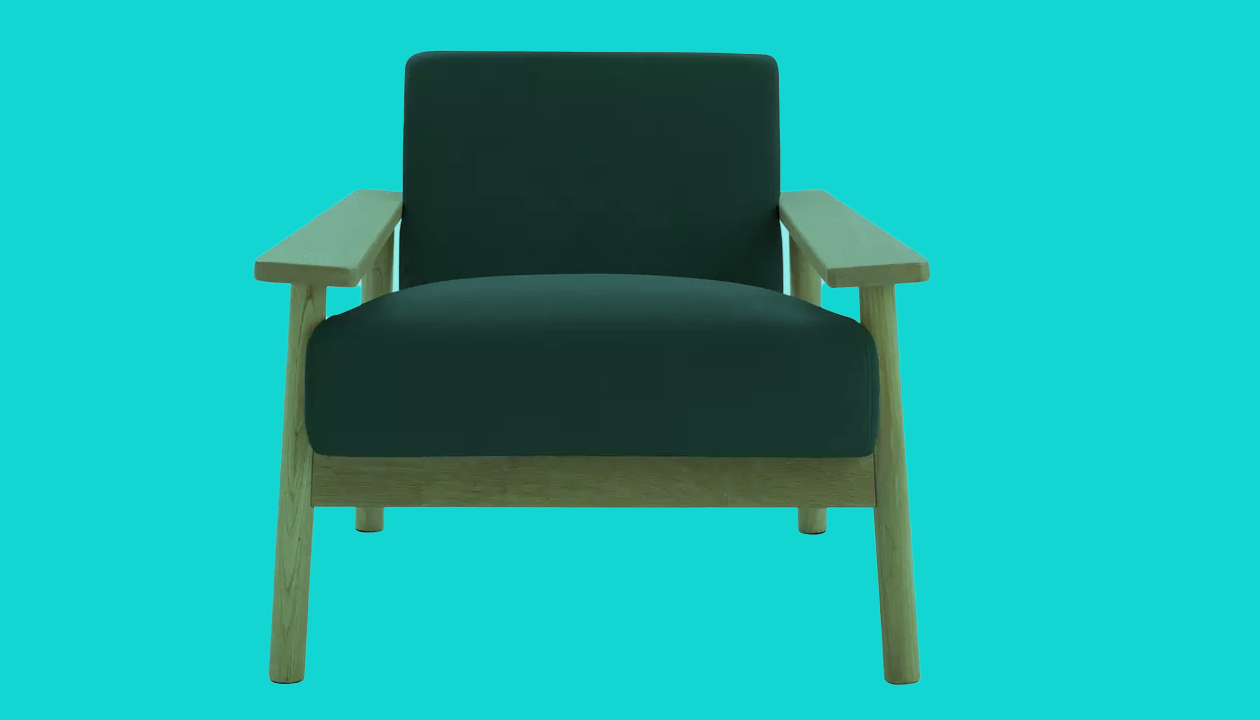
A well-organised and aesthetically pleasing home relies heavily on the alignment of its furniture. When furniture misaligns, it not only affects the visual appeal but also disrupts functionality. In this article we look at why your furniture has misaligned, and how to resolve this.
Sofas
Depending on the type of sofa you have, alignment issues can occur due to various reasons. If the cushions or main pillars are incorrectly placed, the whole unit can appear misaligned. To rectify this, you can fluff up and rotate cushions to balance the appearance.
Alignment can also become a problem if the legs have not been fitted correctly. We recommend checking that the legs are secure and adjusting where necessary to improve the appearance. This prevents misalignment and stops the sofa from wobbling when used.
Sofa beds
If you find your sofa bed is not aligned, a common cause is uneven folding or folding in the mattress. To remedy this, we suggest regularly inspecting the alignment of the mattress when unfolding or folding the sofa bed. You should ensure it lays flat and evenly on the bed frame to prevent premature wear.
Another common cause is misalignment of the bed frame with the sofa frame. This is an easy mistake to make during installation or folding but can be easily sorted. If the bed frame and sofa frame are misaligned, carefully adjust and realign them. This may involve tightening screws or adjusting hinges to ensure smooth functionality.
Sometimes a sofa bed may give the illusion of an alignment issue but can be due to the sofa being folded fully into a bed or fully back into a sofa. To solve this, you may need to lubricate moving parts, such as hinges and sliders, to ensure smooth operation when transitioning between sofa and bed positions. This helps prevent strain on the mechanisms that can lead to misalignment.
Wardrobes
If a wardrobe does not appear to be aligned, this can be frustrating and a concern for the overall structure. A common cause of alignment problems on wardrobes is due to the wardrobe leaning or tilting. This can be remedied with correct levelling and adjustment. Ensure the wardrobe is placed on a level surface. If the floor is uneven, use shims to level the wardrobe. Additionally, adjust the wardrobe legs to prevent leaning or tilting.
Sometimes alignment problems can be caused by doors not closing properly. This is normally caused by hinges becoming loose or not attached securely during assembly. You can solve this by adjusting the hinges to ensure they close properly. You should also tighten loose screws or even replace the hinge if necessary to improve the alignment.
Bed frames
The positioning of the legs on your bed frame can be a common culprit if you find the frame is not aligned correctly. This can be rectified by firstly checking the legs are attached correctly if they were assembled separately. You can also tighten any loose bolts to secure the legs tight.
Alignment may also be an issue if the slats have become loose. Depending on your frame, you may need to tighten the bed slats and caps together to secure the whole frame to align it correctly.
If your frame has a headboard and footboard that have become misaligned, these may need simple adjustments. You can usually move them into place and secure with screws and bolts. When these are correctly aligned again, the whole frame will have a more balanced appearance.
Support summary
We know that not all homes are built perfectly square and perfectly flat, so adjustments to furniture can sometimes be inevitable. Aligning your furniture is not only about aesthetics but also about creating a functional and comfortable living space. Regular checks, adjustments, and maintenance can prevent and solve alignment issues.